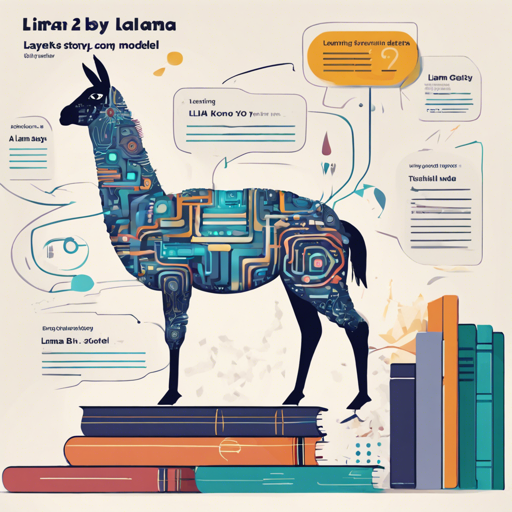If you’re diving into the world of AI-driven text generation and want to create captivating Korean stories, you’re in the right place! Today we’ll explore the llama-2-ko-story-7b model, based on the beomi llama-2-ko-7b. This language model has been finely tuned with a dataset of Korean novels, making it an exceptional tool for generating rich narratives. Let’s take a deeper look into how you can use and troubleshoot this model.
Understanding the llama-2-ko-story-7b Model
The llama-2-ko-story-7b is a specialized language model that was trained using approximately 167MB of Korean novel corpus. This corpus includes:
- Korean Novel Corpus: 115.0 MB
- Classic Korean Literature Corpus: 53.0 MB (Source Link)
This foundational model is designed to generate engaging stories in Korean, making it a valuable asset for writers and creators looking to explore new narratives.
Training Specifications
The llama-2-ko-story-7b model has undergone additional training using the beomi llama-2-ko-7b implementation. Here are the key parameters that contributed to its training:
- lora_alpha: 16
- lora_dropout: 0.05
- lora_r: 32
- target_modules: q_proj, v_proj
- epochs: 3
- learning_rate: 3e-4
How to Use the Model
Using the llama-2-ko-story-7b model can be likened to a skilled chef creating a masterpiece dish. Imagine you have all the finest ingredients (your data) and a well-honed recipe (the model’s configuration), and all you need to do is mix them in just the right way to create something delicious (in this case, a narrative).
- Setup Environment: Ensure you have a compatible environment with PyTorch installed.
- Import Required Libraries: Load the necessary libraries and modules to start using the model.
- Load the Model: Fetch the llama-2-ko-story-7b model into your script.
- Input Prompt: Provide a prompt to start generating your story. Think of this as the base flavor of your dish.
- Generate Output: Use the model, akin to a chef using culinary techniques, to create your text based on the input!
Troubleshooting Tips
While using the llama-2-ko-story-7b model, you might run into a few hiccups along the way. Here are some common issues and their solutions:
- Model Loading Errors: Ensure that your PyTorch environment is correctly configured and compatible with the model version.
- Slow Generation Speed: Check if your hardware meets the model’s requirements; consider using a GPU if you notice sluggish performance.
- Output Quality Issues: Experiment with different prompt phrases or adjust your training parameters to refine the output quality.
For more insights, updates, or to collaborate on AI development projects, stay connected with fxis.ai.
Conclusion
At fxis.ai, we believe that such advancements are crucial for the future of AI, as they enable more comprehensive and effective solutions. Our team is continually exploring new methodologies to push the envelope in artificial intelligence, ensuring that our clients benefit from the latest technological innovations.

